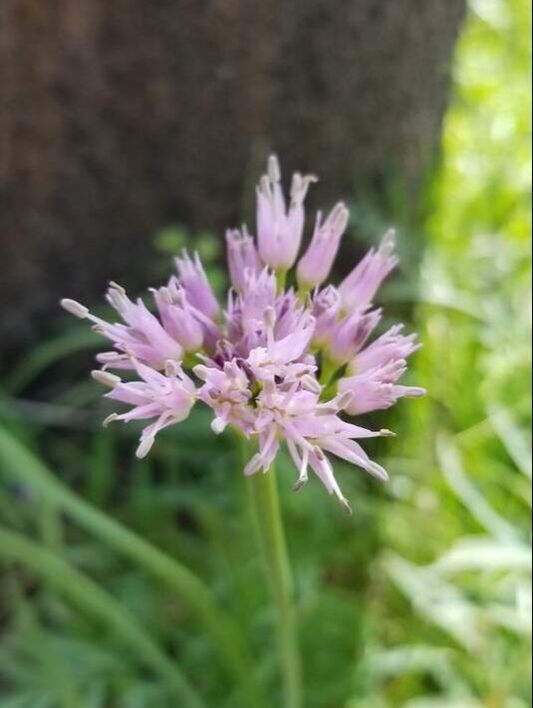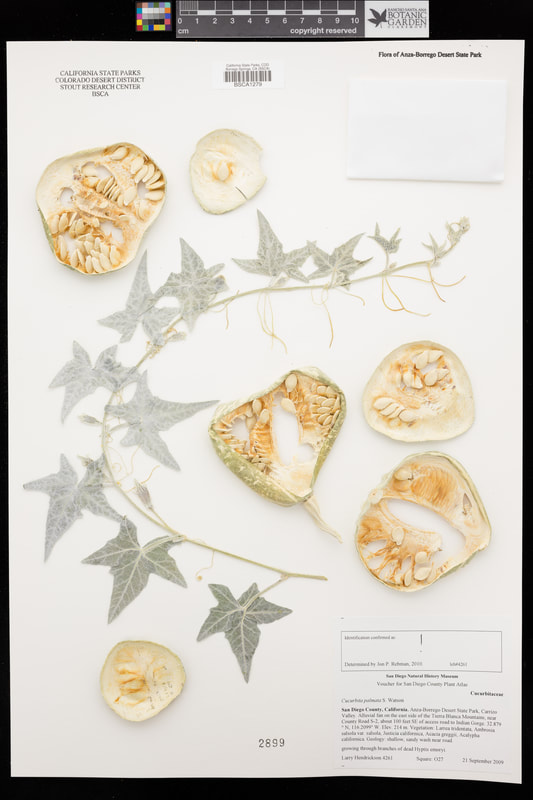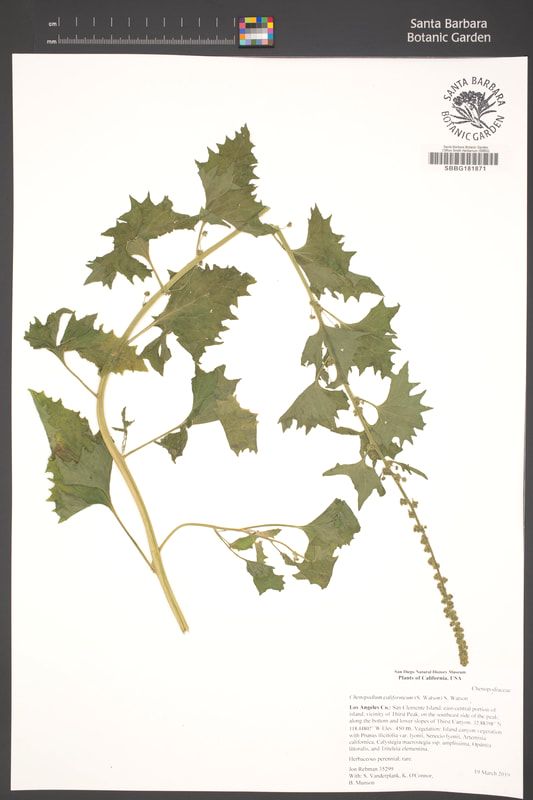Khoury, C.K., Carver, D., Greene, S.L., et al. Crop wild relatives of the United States require urgent conservation action. Proceedings of the National Academy of Sciences of the United States of America (2020). https://doi.org/10.1073/pnas.2007029117
Crop wild relatives of the United States require urgent conservation action
Our next story of digitized herbarium specimen data fueling novel research stems from a collaboration of nine scientists at the US Department of Agriculture, International Center for Tropical Agriculture in Colombia, Museo de Historia Natural Universidad Nacional Mayor de San Marcos in Peru, Smithsonian Museum of Natural History, and NatureServe. These researchers sought to quantify just how threatened crop wild relatives—that is, non-domesticated species that are close relatives of domesticated crops—may be in the United States.
Crop wild relatives are an important focus of agricultural and conservation research because these species may hold genetic information that could add diversity to our current domesticated crops. Lack of genetic diversity (think number of unique genes and gene combinations) can make species susceptible to disease and detrimental mutations. With fewer "tools" in their genetic toolbox, species with low genetic diversity may not be able to adapt to changes in their environment, such as changes in the timing and quantity of precipitation, heat, and pollinator availability. By conserving and potentially cross-breeding crop wild relative species with crop species, we may be able to produce a more genetically robust and sustainable food source for the growing human population.
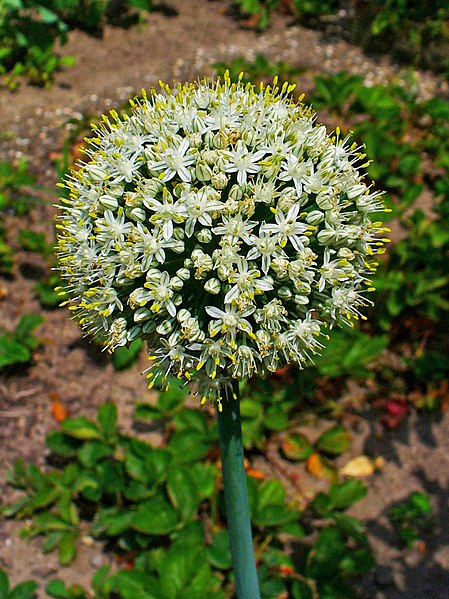 PC: H. Zell CC BY-SA | (Top Left) Allium validum, a crop wild relative of onions and garlic that grows wild across the western U.S. (Top Right) Allium cepa, the domesticated onion (Bottom Left) Phaseolus pedicellatus var. grayanus, a crop wild relative of the common bean that grows in the U.S. Southwest (Bottom Right) Phaseolus vulgaris, the common garden bean |
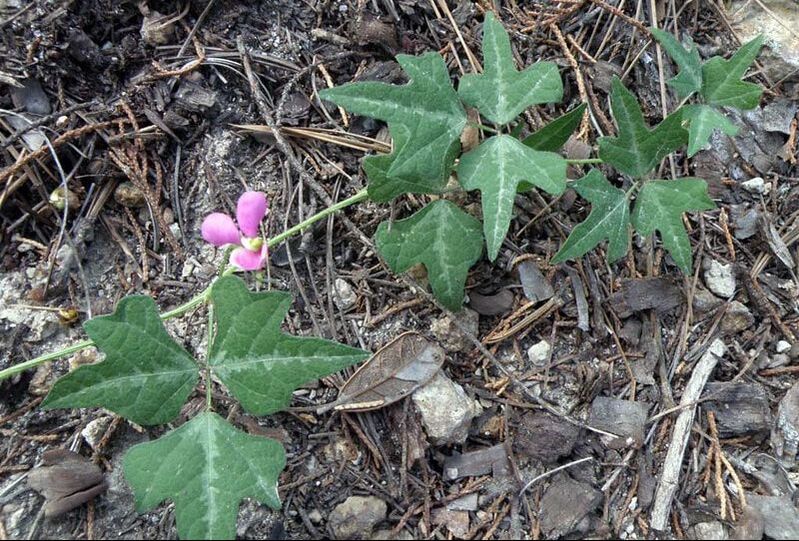 PC: David Bygott CC BY-NC-SA | 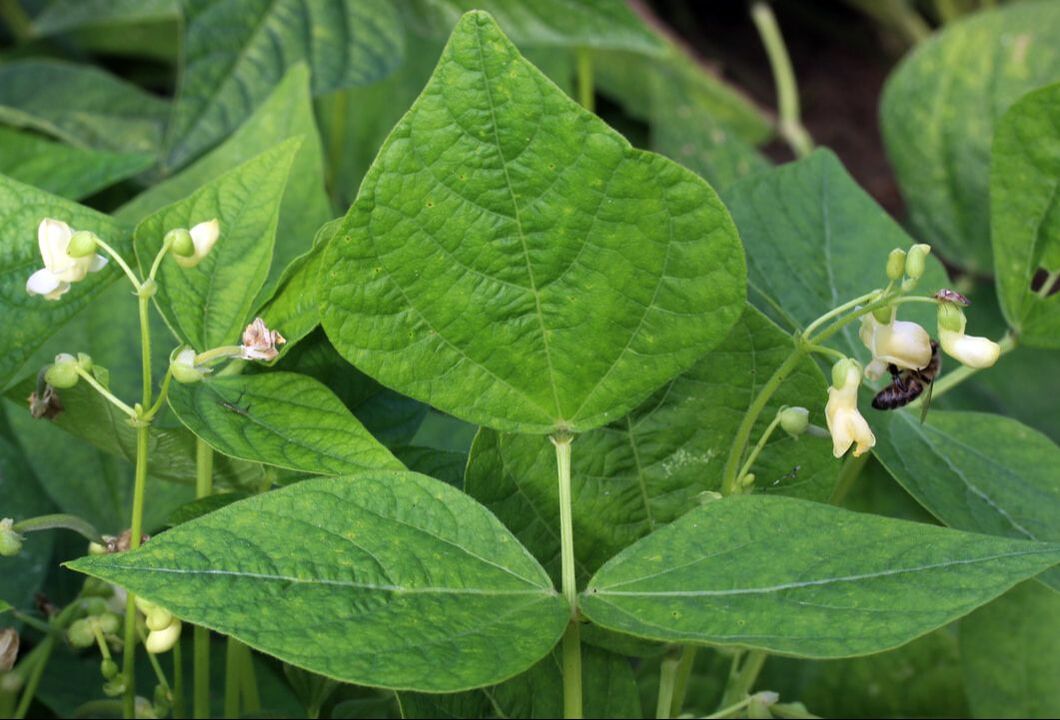 PC: Puusterke CC BY-SA |
Using occurrence data (including herbarium specimen records) and data from gene banks, Khoury et al. conducted conservation assessments for 594 crop wild relative plants that are native to the U.S. They used these 276,312 records to quantify how vulnerable the species may be based on how many records exist and how much land the taxa currently occupy.
What they found was concerning: 42 taxa may be critically endangered in their natural habitats, 297 may be endangered, and 166 may be vulnerable. Only 3.9% of taxa that they studied were in little danger of losing critical levels of genetic diversity or going extinct. Khoury et al. also found that 14% of the study taxa are not currently preserved at seed banks or botanical gardens. This could mean that, if these taxa go extinct, we will have little to no ability to utilize their genetic diversity for existing crops.
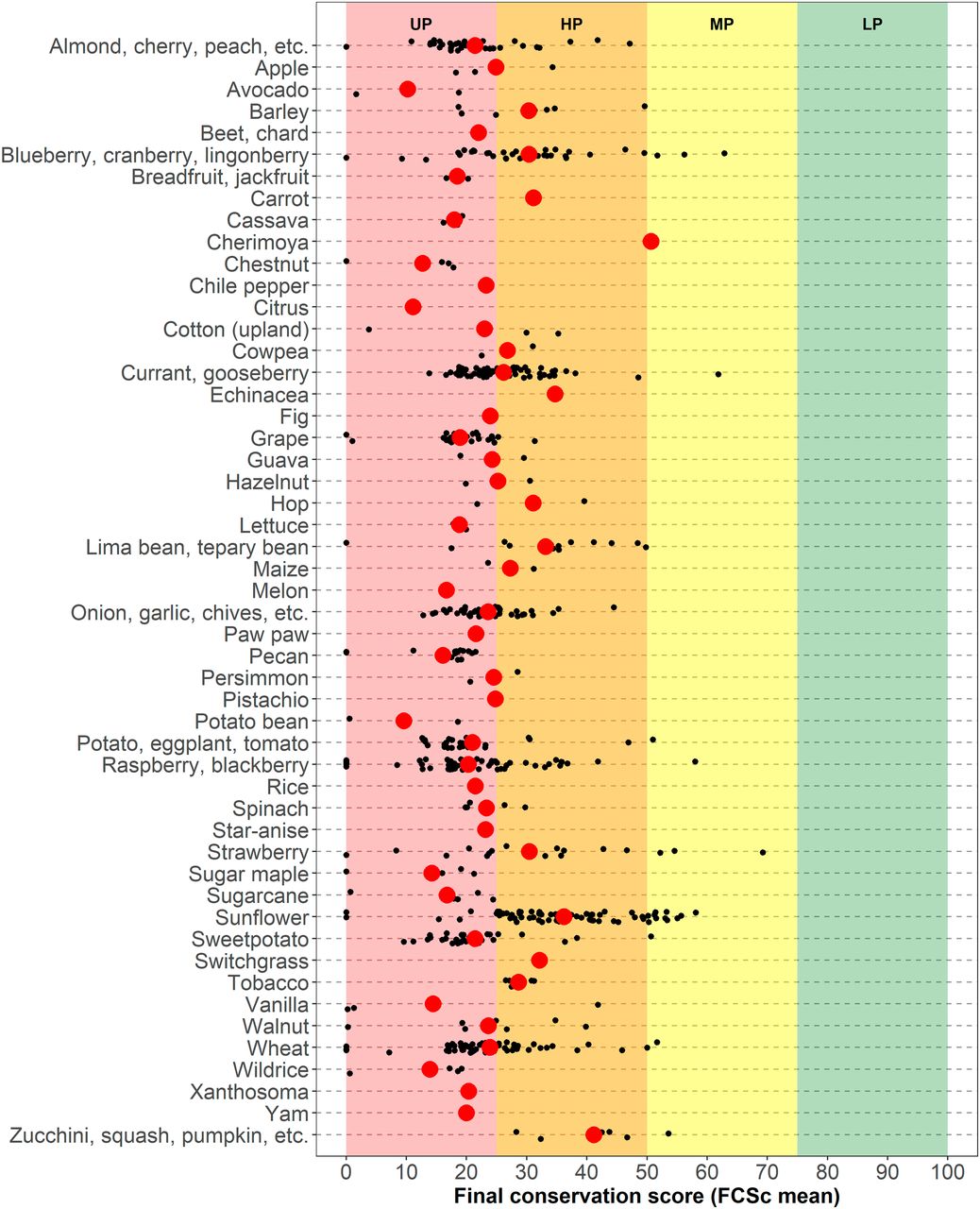
Fig. 4 from Khoury et al. 2020 (reproduced with permission from Colin Khoury). Final conservation scores (FCSc-mean) for US native crop wild relatives (black circles), grouped by associated crop/wild food plant, with the average score across taxa (red circles). FCSc-mean is used to categorize taxa for further action as UP (Urgent Protection), HP (High Protection), MP (Medium Protection), or LP (Low Protection). [Figure caption modified]
Data from many California herbaria were included in these analyses, providing the baseline knowledge of where these plants have occurred historically and lending insight into where they may currently exist. Thanks to research like that described in this paper, empowered by specimen data, we can identify which species we are most in danger of losing. Such research is critical to directing future conservation efforts and public policy.
